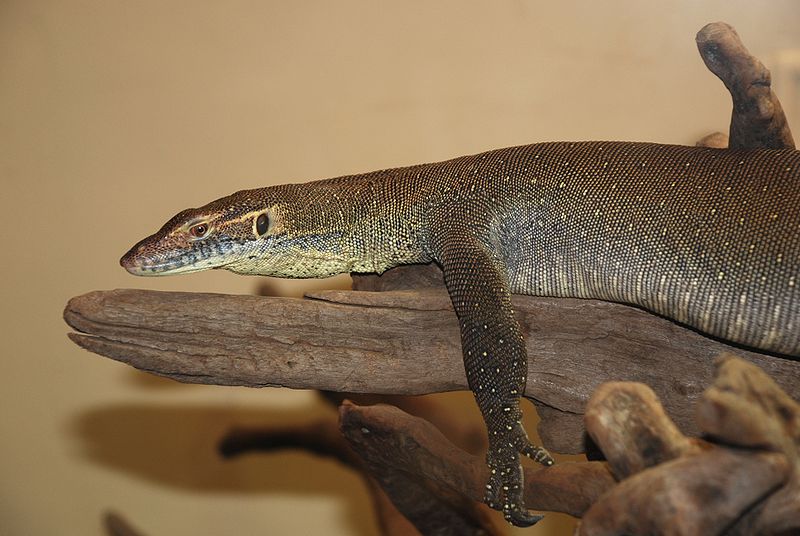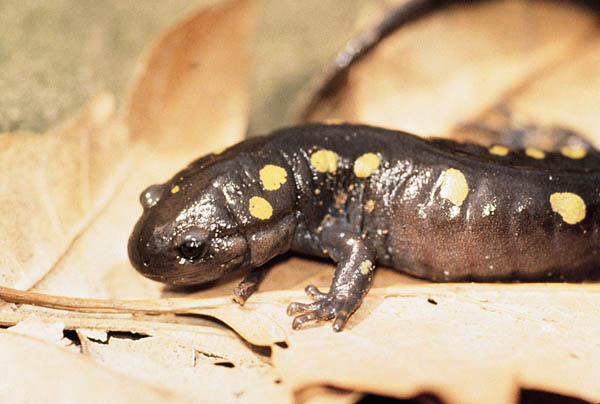Pieces of driftwood attached to slate bases have long been used to decorate tropical fish aquariums. However, their important value to folks keeping certain semi-aquatic turtles, newts, frogs, crabs and other creatures is often overlooked. Today I’d like to highlight some interesting herp-oriented uses for driftwood.
Submerged vs. Exposed Basking Sites
While a dry basking site is important for most semi-aquatic turtles, many species prefer to use structures that are at or just below the water’s surface, and rarely expose themselves fully. Included among these are the various Mud and Musk Turtles, Common and Alligator Snapping Turtles, Softshells and many Snake-Necked Turtles (Chelodina spp.). Read More »
 That Reptile Blog – Reptile, Amphibian and Exotic Pet Care and Information
That Reptile Blog – Reptile, Amphibian and Exotic Pet Care and Information


